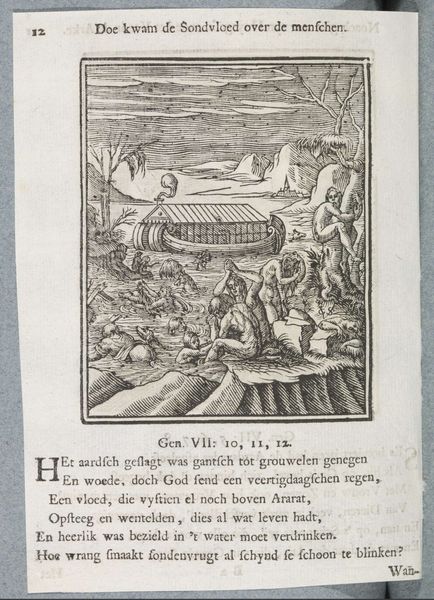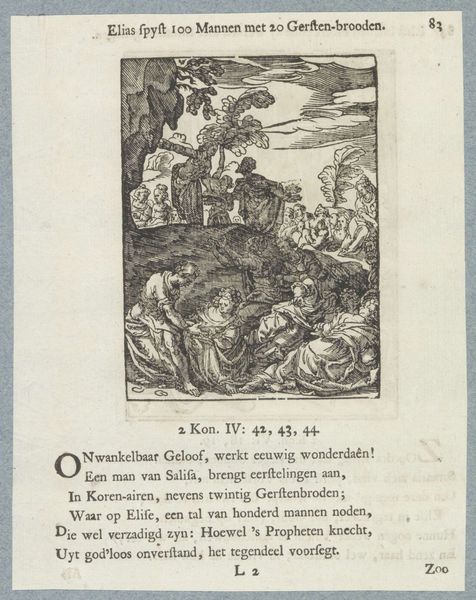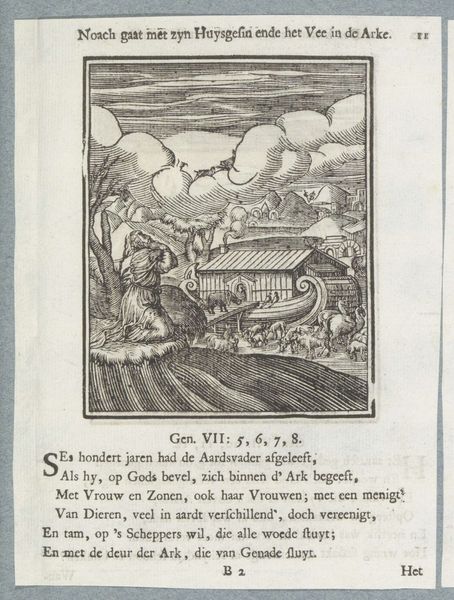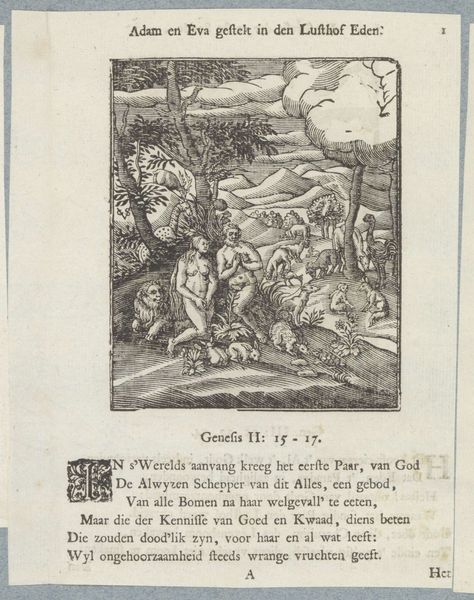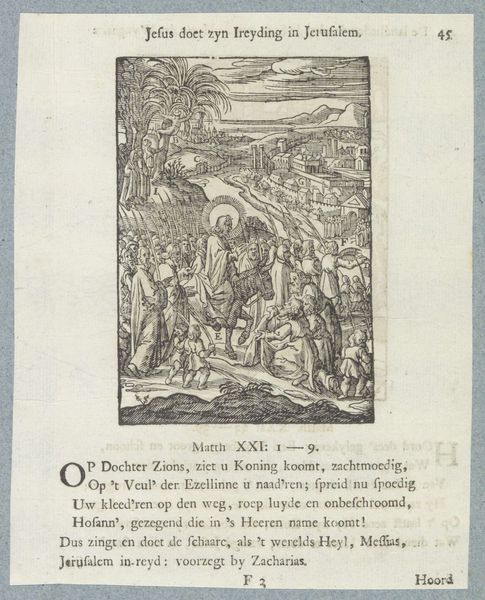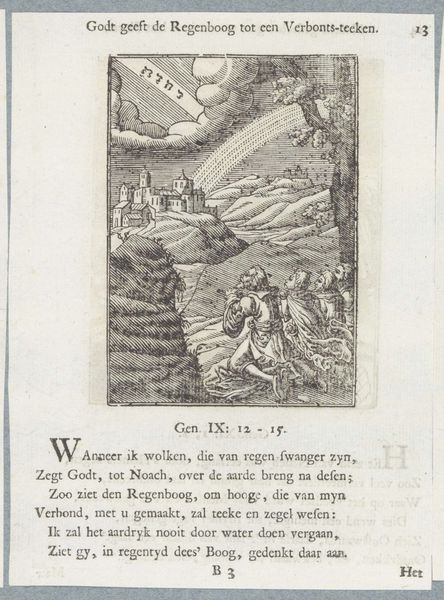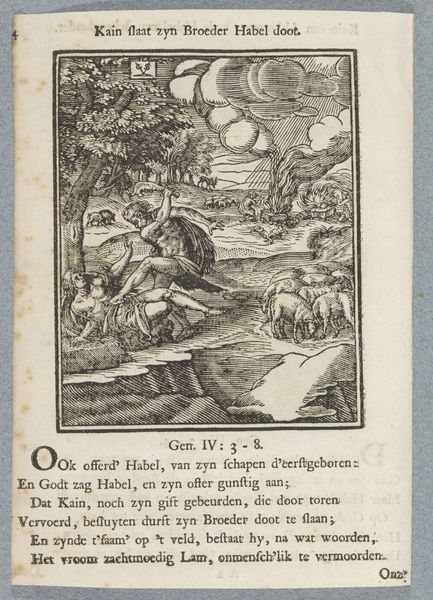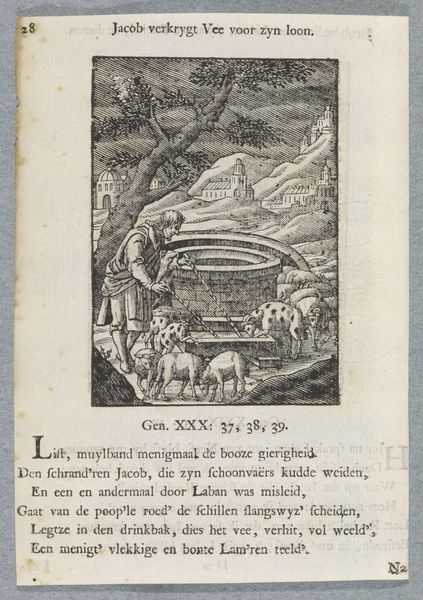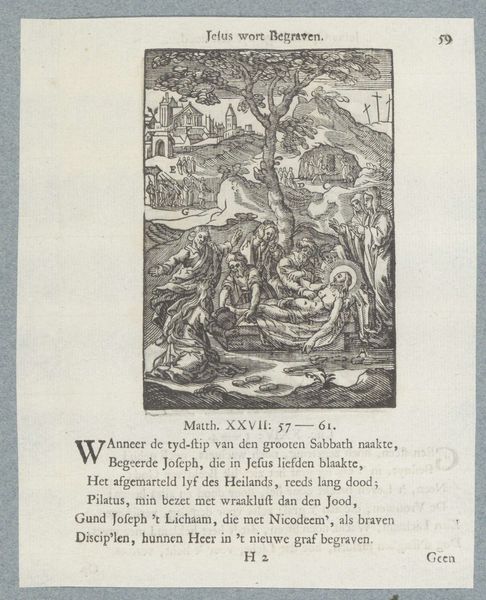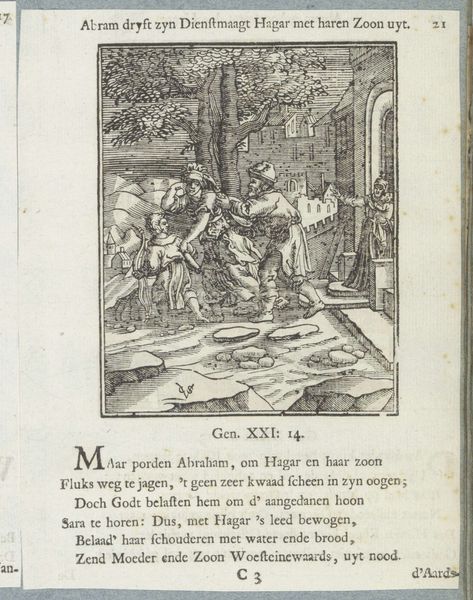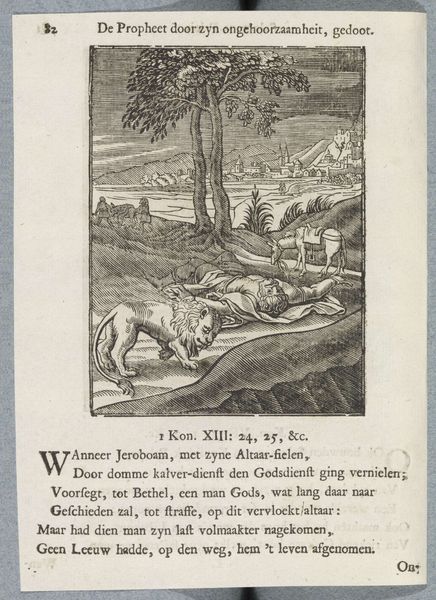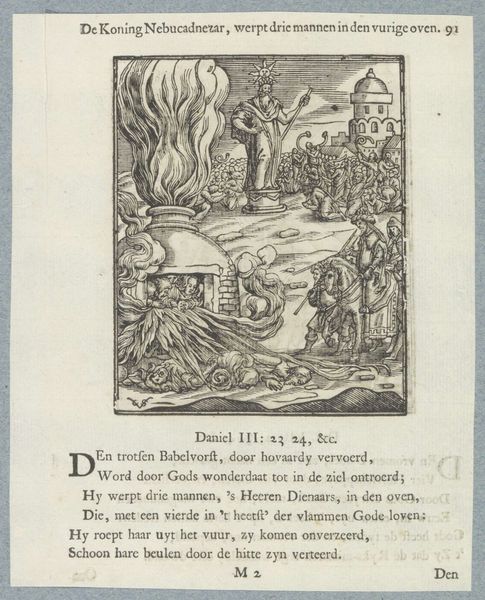
print, engraving
#
narrative-art
#
baroque
# print
#
figuration
#
line
#
history-painting
#
engraving
Dimensions: height 108 mm, width 86 mm, height 167 mm, width 127 mm
Copyright: Rijks Museum: Open Domain
Curator: This is "Offer van Abraham," an engraving by Christoffel van (II) Sichem, created sometime between 1645 and 1740. It’s part of the Rijksmuseum's collection. Editor: The stark contrast between light and shadow really strikes me. It's raw, unsettling. The tension in Abraham’s posture is almost palpable. Curator: Indeed. As an engraving, it allows us to think about the labor involved—the tools, the printing process. Each line is carefully etched, translating into varying tones and textures. Note how this print could have circulated in vast quantities as a relatively inexpensive mode of information. Editor: And what information! A narrative about obedience pushed to its absolute limit. Consider the power dynamics at play here: a patriarchal figure willing to sacrifice his son to prove his devotion. This raises troubling questions about faith, power, and the potential for religious dogma to justify horrific acts. Curator: Let's not forget the material conditions of this print’s production. The economic and social structures of the time directly impact what stories are considered important enough to circulate. How was the workshop organized? Who controlled the means of production of these images? Editor: Exactly, who gets to tell the story matters profoundly. It is a powerful image depicting vulnerability and the intersection between faith and near infanticide. The presence of the angel creates this narrative where patriarchal will comes into direct opposition of an image of maternal instinct, compassion. Curator: Right. So, by interrogating the image's production and distribution, we reveal a wider system of labour and ideological influence. It’s not simply about an individual artist expressing an individual emotion; it's about how religious stories were commodified and circulated within a very specific economic context. Editor: And questioning that context helps us resist blindly accepting dominant narratives. It is the same tension and dialogue echoed throughout time when faith asks people to do inhumane acts. I’m reminded about stories echoing present day challenges and conflicts as different societies continue to navigate how moral values clash with different religions. Curator: Yes, understanding how such narratives have been constructed and disseminated throughout history allows us to see them for what they are. Editor: Leaving us to actively question, instead of passively consuming the imagery of the world.
Comments
No comments
Be the first to comment and join the conversation on the ultimate creative platform.
